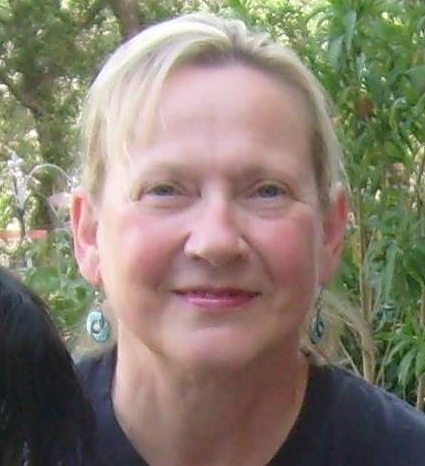Learning to pay attention, we learn to see with absolute clarity what is before us. We learn to hear what is said to us. In other words, we learn to be fully open to reality. [. . . .]
Without such attention, without such selfless attention we can never pass over, never fully hear or see or experience what is. Everything we see or hear or experience is distorted by the prism of our ego.
Learning to say the mantra, we learn to leave all our own limited, distorted perceptions behind. We become absorbed into the divine reality. This is the oneness that Jesus speaks of in his great prayer in the Gospel of John: “that we may be one.” This is what English medieval mystics spoke of when they described prayer as the process of “oneing.”
Saying the mantra is simply our beginning on the path to this selfless attention, to taking the searchlight of consciousness off ourselves. We become like the eye that cannot see itself, that sees all. We begin to see . . . . everything as Christ sees it. In other words, we begin to see with his light.
After meditation: “Still Water” by W.S. Merwin in GARDEN TIME (Port Townsend, WA: Copper Canyon Press, 2016), p. 58.
Still Water
Clouds over the mountaintops were its ancestors
fine rain gathered in rills among the hidden crags
each vein finding its way to its own kin
joining them and gathering speed and finding its voices
taking along flakes of starlight moonlight
daylight down through the wild distances
through dreams of flying and forgetting
and dreams of belonging but departing
now it lies there at last by its green pasture
and cradles the stillness of the empty sky
this is the present it was flowing toward
this is the face that it can never see
Photo by Victor Freitas on Unsplash





